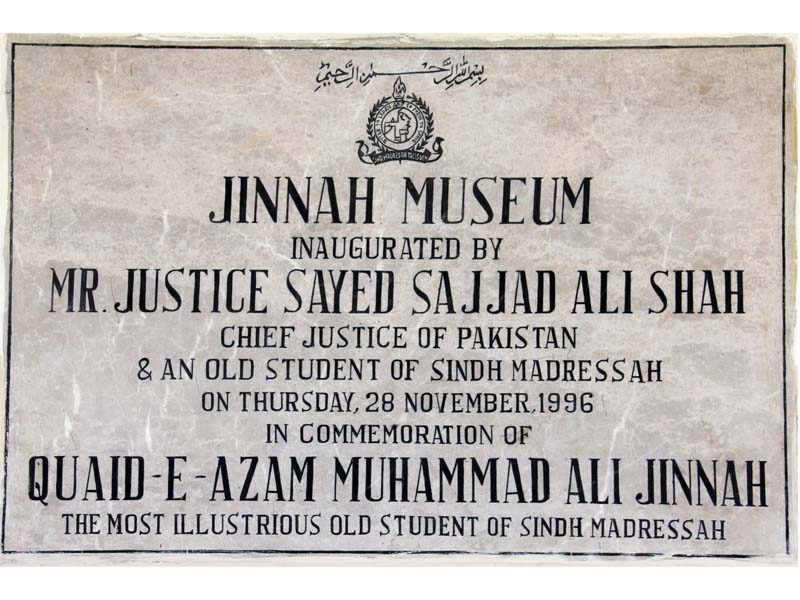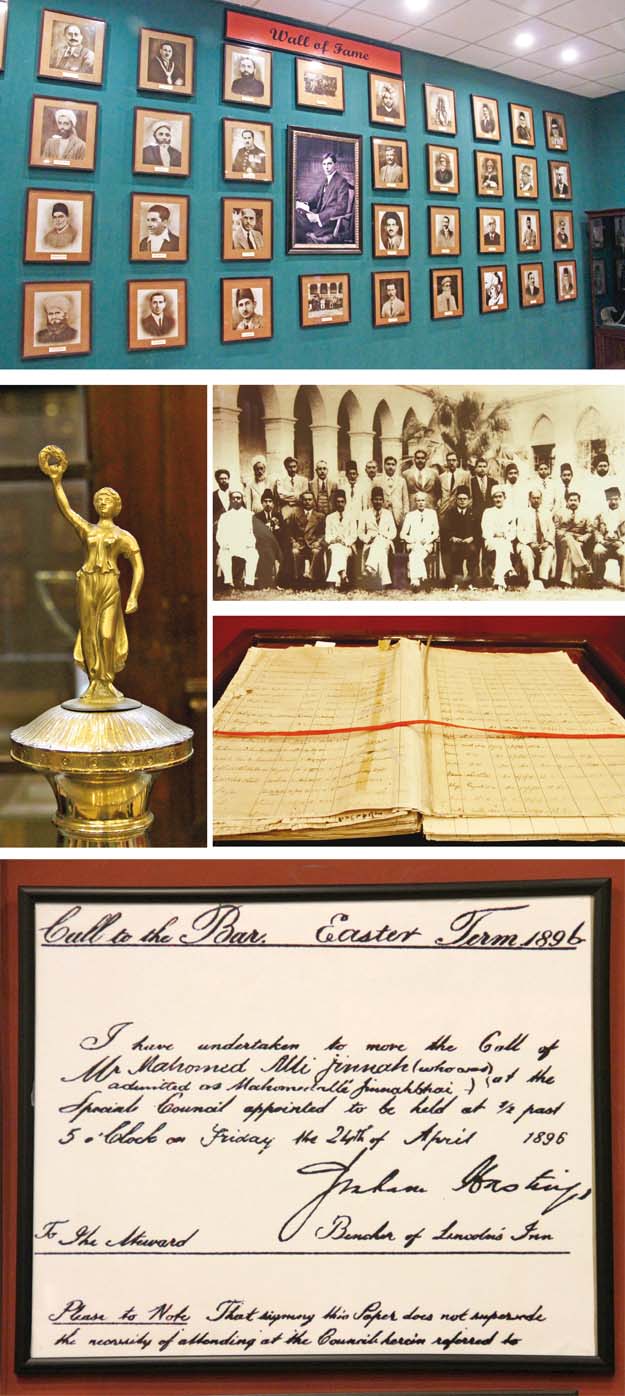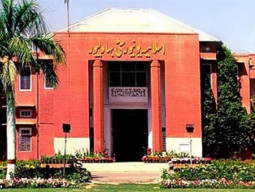
The records preserved at SMI University's 'Jinnah Museum' stated that the father of the nation studied at the institute from July, 1887 till January, 1892 with two brief intervals. The four-and-a-half-years Jinnah spent studying at SMI was the longest of all his academic affiliations.
Quaid-e-Azam House: Living history
Jinnah was admitted to SMI three times in total, with the first time being when he joined class five in the English branch. "He left the school for the first time when he went to Bombay to meet his aunt," said SMI University vice-chancellor Muhammad Ali Shaikh, who has compiled a book on the life of Jinnah and has also collected documents from the British Library and old General Registers of the schools where Jinnah studied.
The second time Jinnah left the school, citing a 'long absence' as the reason, was in 1891 and his time at SMI ended on January 30, 1892, while he was studying in class nine in the English branch. The general register's remarks read, 'left for Kutch on marriage'.
Other than SMI, Jinnah had also studied in Anjuman-e-Islamia in Bombay for two months when he first left SMI, said Shaikh, adding that five weeks after returning from Kutch, he [Jinnah] sought admission in Church Mission Society (CMS) High School on March 8, 1892 for seven months.
The Jinnah Museum, inaugurated in 1996, not only has Jinnah's educational records, but rather also displays the books that were a part of the syllabus when he was a student at SMI. Some of the books that Jinnah had studied while at SMI included 'The Story of Rome from the Earliest Times to the End of the Republic', 'English - Past and Present' and 'Shakespeare-Lexicon', among others. He studied English from HP Jacob while he was in SMI and before SMI, his primary education was in Gujrati.
Showing his love for his alma mater, Quaid-i-Azam gifted one-third of all his property to SMI, according to his will that is also placed on a wall of the museum that is dedicated to Jinnah's pictures.
Jinnah, the barrister
Jinnah was never sent to England to study law, but rather, his father had sent him to learn some business techniques from one of his [Jinnah's father] friends, who lived in England. In those days, the journey by ship from British India to England usually took from two to three weeks. He arrived at Southampton and took a train to London.
His father had given him enough money for his living expenses, but he chose a different path than what he was sent to England for, narrated Shaikh, adding that the work at Graham's Shipping and Trading Company did not interest Jinnah much and he decided to go to Lincoln's Inn, which was on the route to his office from his residence, from where he completed his law degree.
Jinnah's possessions shifted to Flagstaff House
The year Jinnah got admission at Lincoln's Inn - 1893 - was the last year when one could get an admission on the basis of passing an entrance examination alone and without needing any formal education. One had to appear for three tests for the admission, English, Mathematics and Latin. However, Jinnah wrote a letter to the administration to exempt him from appearing in the Latin exam, which was accepted, giving him the opportunity to become a barrister.

The letters written by him [Jinnah] to the Lincoln's Inn administration are printed and framed at the Jinnah Museum, said SMI University information head Anwer Abro. Other than his letters and the data from the general registers of SMI and CMS, his sword and details of his later visits to his alma mater are also framed at the museum, he added, while showing Jinnah's handwritten letters.
Honouring alumni
The museum also has three other sections - the wall of fame, outstanding alumni of SMI and the Hassanally Effendi corner. The wall of fame includes pictures of outstanding students from the institute and the teachers who have dedicated a large part of their lives to the organisation.
The section for outstanding alumni of SMI is dedicated to two students, Umar bin Daudpota, who was the first Sindhi PhD from Cambridge University, and Qazi Khuda Bukhsh, who became the first Muslim mayor of Sindh, while the last section is allocated for SMI's founder.
Published in The Express Tribune, December 5th, 2016.



































COMMENTS (1)
Comments are moderated and generally will be posted if they are on-topic and not abusive.
For more information, please see our Comments FAQ